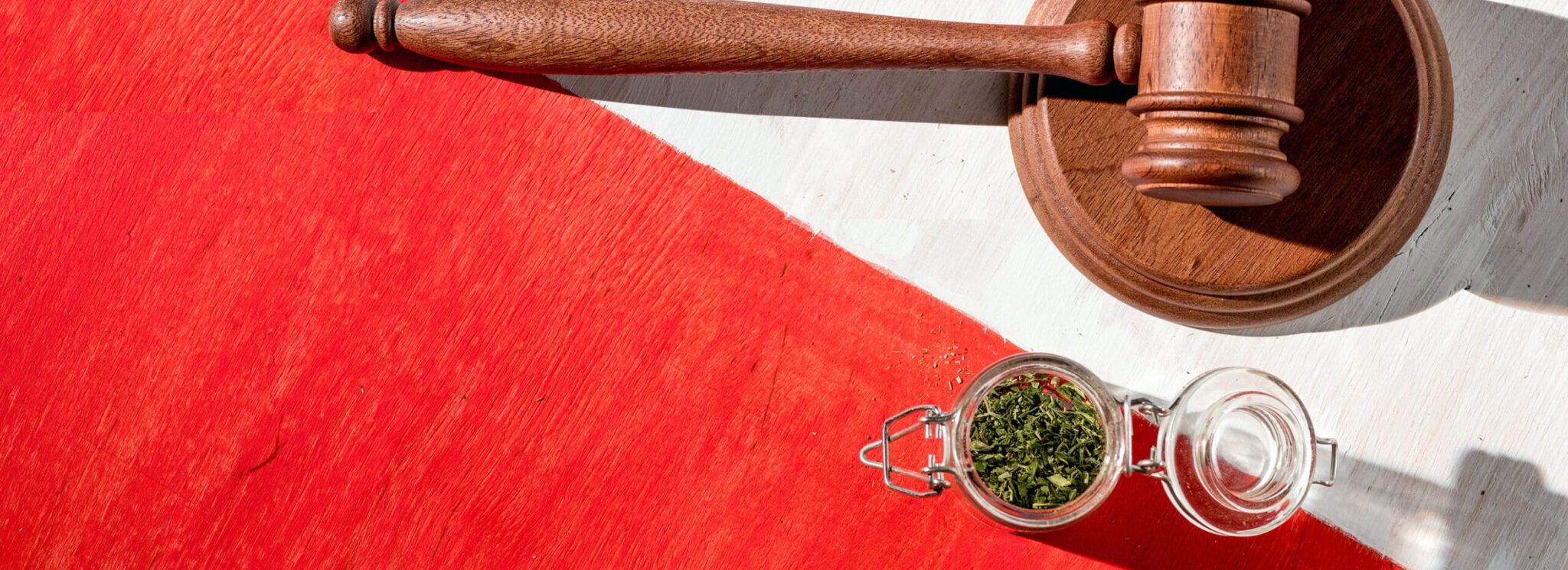The Cannabis Act and its regulations stipulate the rules for legally controlling, regulating, producing, distributing, and selling cannabis in Canada. It outlines product safety and quality requirements. It highlights criminal penalties for individuals who break the law and it covers physical security measures..
The purpose of Part 4: Physical Security Measures is to ensure the licensed holder secures and safeguards its product for public safety’s sake. It targets two types of licenses.
The first is for standard cultivation and standard processing or sale for medical purposes license holders. It contains four sections:
- Site design
- Perimeter of the site
- Operations and storage areas
- Information retention
The second covers all other licenses and addresses the following:
- Micro-cultivation, micro-processing, nursery
- Analytical testing
- Research
- Sale for medical purposes
The measures address every possible factor in the cultivation, production, and selling of cannabis. It digs into storage areas, restricted access, visual monitoring, recording devices, and much more.
Visual Monitoring and Recording
The Canadian cannabis security regulations require visual recording devices to continuously monitor the perimeter. The monitoring system must have a back-up generator to ensure the system operates during a power outage. Cameras must cover the entire perimeter leaving no blind spots.
Furthermore, the cameras need to be able to capture and identify individuals within the perimeter in day and night, regardless of low light and dark conditions. All cameras, including outdoors, must withstand extreme temperatures in the summer and winter.
Cameras must work in the outdoors and in all weather conditions. In other words, fogging, weather streaking, ice build-up, and environmental conditions will not compromise video footage.
Intrusion Detection System
In addition to video monitoring and recording, the perimeter will have an intrusion detection system. Examples of such a system include passive infrared motion detectors, video analytics, and door contacts.
Like with video, the detector must cover the entire perimeter and operate in the outdoors regardless of temperatures. Cannabis security regulations say it also needs to detect system tampering including attempts to cut its power. Not only that, it must minimize false alarms because it operates 24/7. When it detects intrusion, the report needs to provide a unique device identifier as well as the date and time of the alarm trigger.
Someone must always monitor the detection system. That’s why many cannabis dispensaries and businesses work with a third-party monitoring company like Stealth Monitoring.
Leave the Compliance to the Cannabis Security Pros
These are just a handful of the physical security requirements you’ll find in the Cannabis Regulations. It overwhelms most cannabis business owners and managers. Their expertise lies in the cultivation, production, and sale of cannabis.
Stealth Monitoring specializes in cannabis security and has headquarters in Toronto. We’ve successfully implemented security that complies with the Cannabis Act and its associated regulations. Learn more about Stealth’s services in this cannabis security case study or contact us
for more information.

